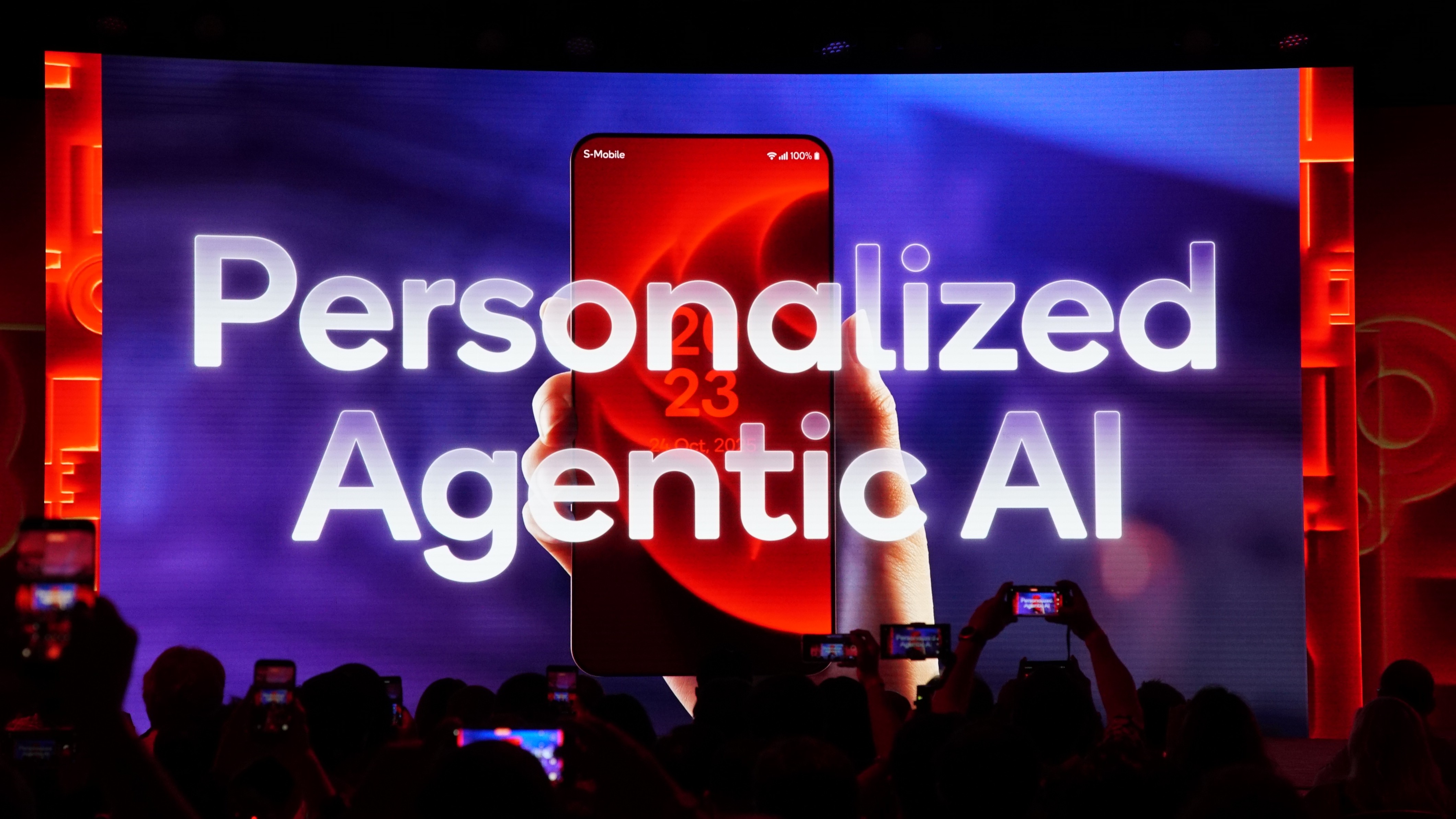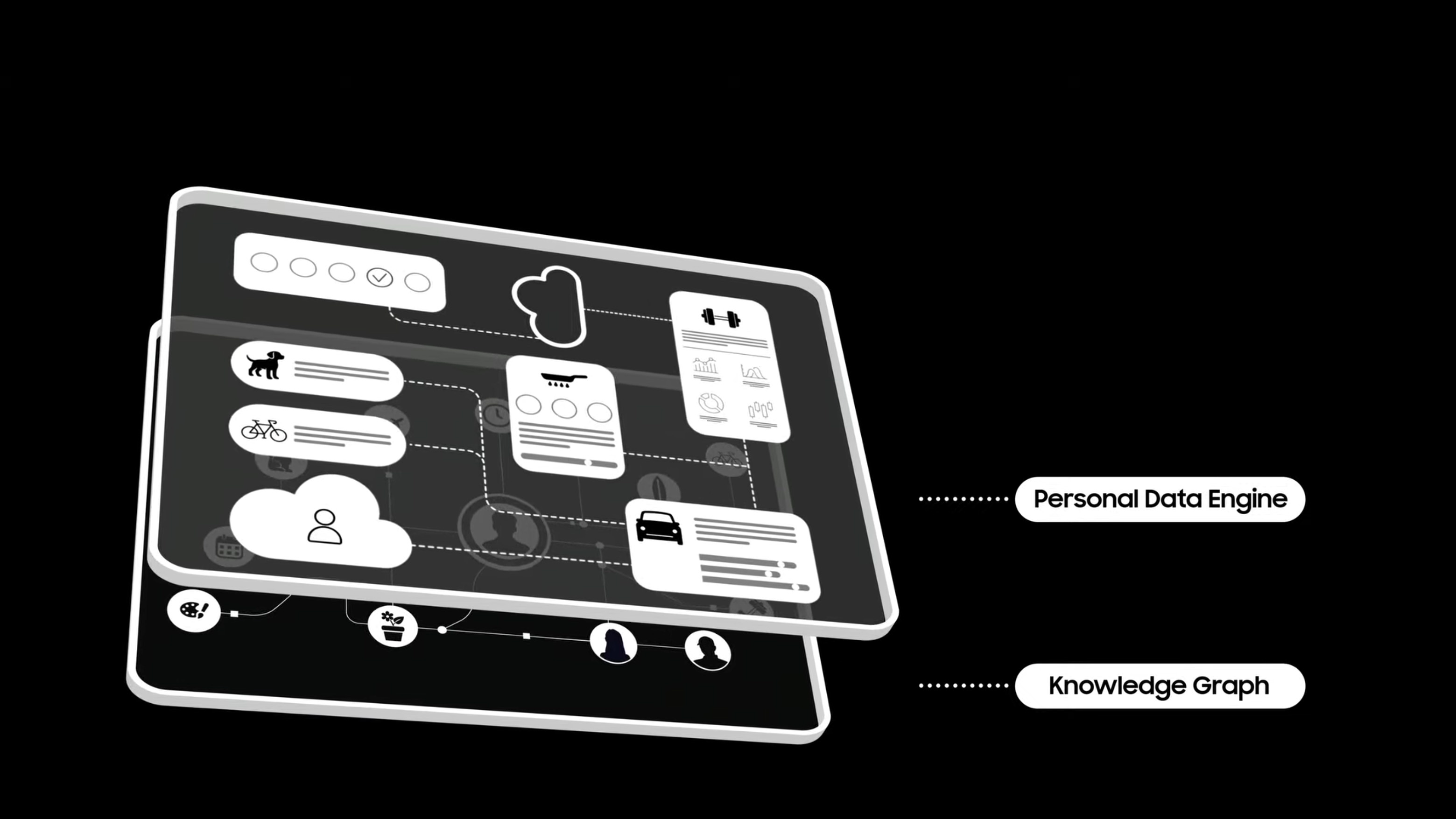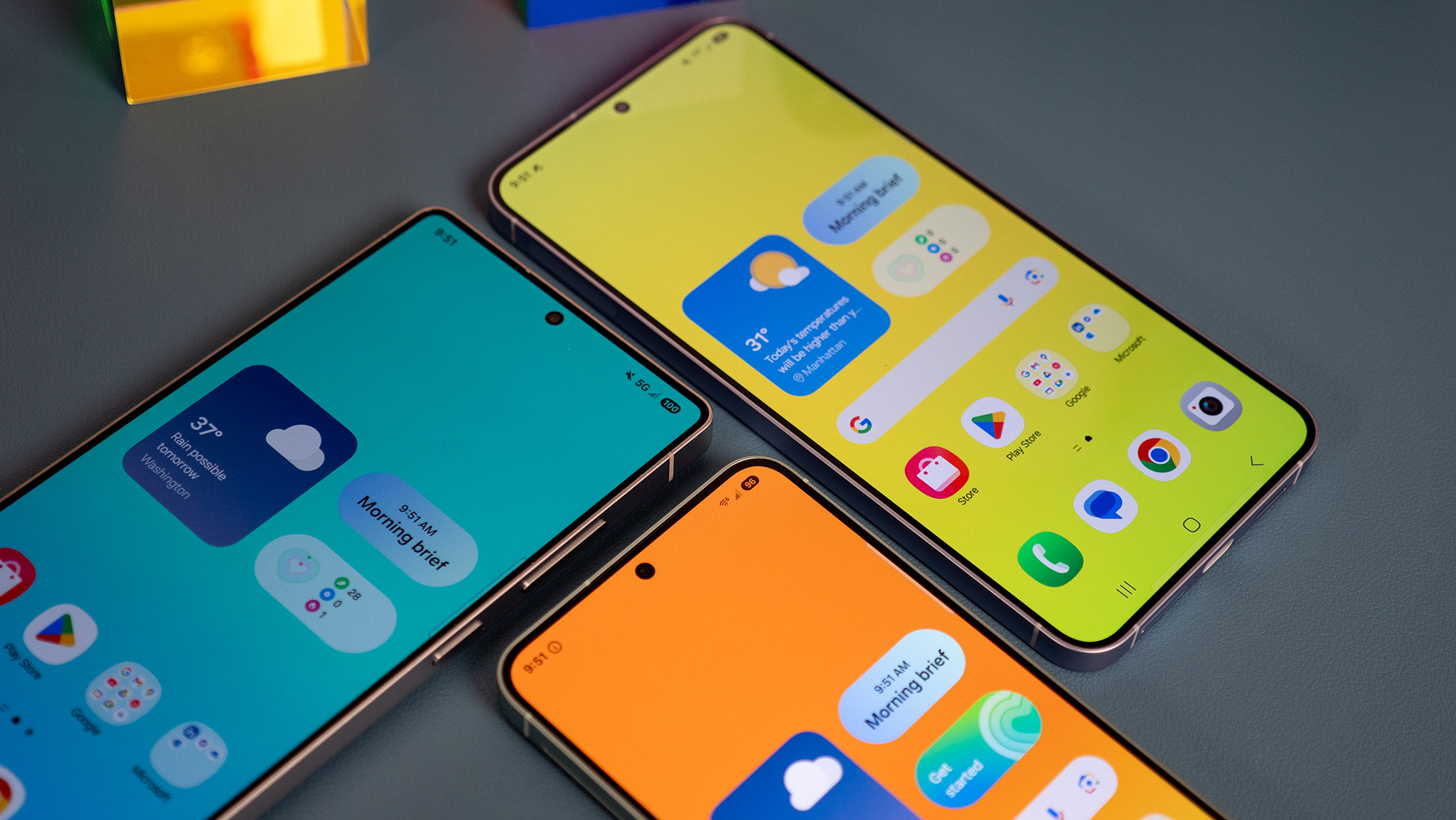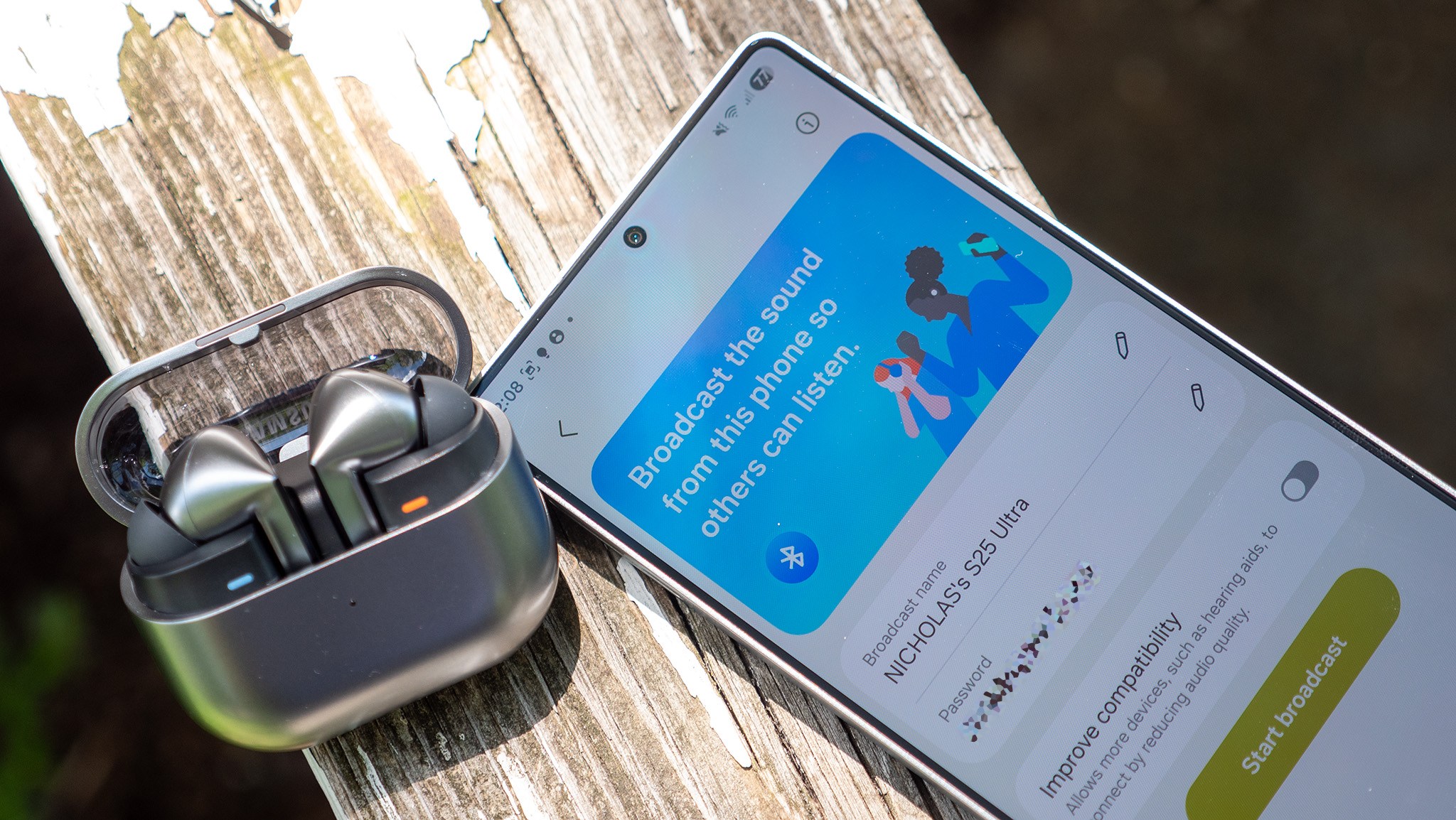What is agentic AI, and why is it such a big deal?

Enjoy our content? Make sure to set Android Central as a preferred source in Google Search, and find out why you should so that you can stay up-to-date on the latest news, reviews, features, and more.
During the Galaxy S25 Unpacked event, Samsung and Google mentioned something we hadn't heard yet when it comes to smartphones: agentic AI. We've since heard about it several times from different companies telling us how great it is, including Google and Qualcomm. But what is it, really?
Agentic AI is a relatively new technology, but it's not entirely brand-new or cutting-edge. It's been around for a while and is currently in use inside factories and manufacturing plants that utilize extensive automation.
What it is sounds kinda boring: probabilistic tech that's adaptable to changing environments and events. However, it's not boring! This means it's a combination of LLMs, machine learning, and automation (either software or hardware) that can create semi-autonomous AI, which analyzes data, sets goals on the fly, and takes the appropriate action to meet the goals it sets for itself.
This sounds like a fresh step towards the scary humanization of AI, but we're not quite there. Yet. However, it can create an AI agent that appears more human-like when interacting with it and can better serve your needs, within established boundaries, of course.
Specialized hardware required

During the Galaxy S25 launch, Samsung mentioned that the new AI tools and features are available because of a new specialized Snapdragon chip with an ultra-powerful NPU (Neural Processing Unit). That's a big part of it all. The NPU is a must-have on a modern smartphone because it does one thing: process AI. AI requires a distinct processing path and model, and an NPU is specifically designed to accommodate this.
Another thing mentioned was a knowledge graph built on the things you do and where, when, and how you do them. Both are used to bring agentic AI to life inside a tiny smartphone, and both Google and Qualcomm are building on this with their latest chips, including the Snapdragon 8 Elite Gen 5.
How agentic AI works
Consider how agentic AI operates in a factory, as it's already in place there. Someone lets the software know what they need, say 20,000 widgets ready and boxed for shipping in five days.
Get the latest news from Android Central, your trusted companion in the world of Android
Workers program individual automation lines that perform the various jobs needed to build a widget. This is similar to the data you add to your own knowledge graph on your phone — you're telling the software the recipe and the ingredients that result in the end product.
Agentic AI oversees the whole operation. It knows how many widgets need to be finished and when they are needed, so it adjusts individual parameters to meet the goal in the most efficient way. If one line making a part is down for maintenance, it can ramp up the capability of another line that makes the same part until the maintenance is complete, for example. If the packaging line goes down, it can stop whatever needs to stop, so it doesn't overwhelm it while it's being serviced.
These are all routine tasks, but the software is programmed to monitor them, analyze the data it receives, and make informed decisions based on it.
Agentic AI on your phone

On your phone, agentic AI has all the data from everything you do with your devices in one place. When you ask the AI for something, such as a photo of a sunset at Nags Head on July 4 or how much you need to run every day to burn off a few more calories, it rifles through that data and analyzes what it finds.
It then determines which data is most useful, which data should be excluded, and which data is most essential to provide you with what you requested. If it sees 100 photos of Nags Head, 1,300 photos taken on July 4, and 71 photos of sunsets, it cross-checks the data to see if any of it comes from the same photo. If it does, that's what it shows you. If it doesn't, it returns whatever it was programmed to respond with when there is no answer.
This works autonomously, so you can receive a notification telling you to leave for work 20 minutes early because there is an accident on your usual route, and you need to take an alternative route. And bring an umbrella even though it looks sunny right now; it will rain later this afternoon. You can also get your coffee here because the Dunkin' you normally stop at isn't on your new route.
It remains to be seen how useful this will turn out to be and how well consumers receive it; by its very nature, it's invasive tech that pries into everything you do.
On the surface, it doesn't seem all that different from the things our phones can already do for us or tell us. However, the technology is a significant step up, and a lot more will be possible once a bright engineer dreams up a new idea.

Jerry is an amateur woodworker and struggling shade tree mechanic. There's nothing he can't take apart, but many things he can't reassemble. You'll find him writing and speaking his loud opinion on Android Central and occasionally on Threads.
You must confirm your public display name before commenting
Please logout and then login again, you will then be prompted to enter your display name.
